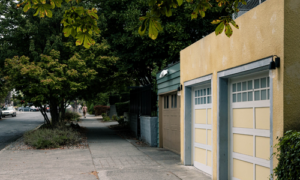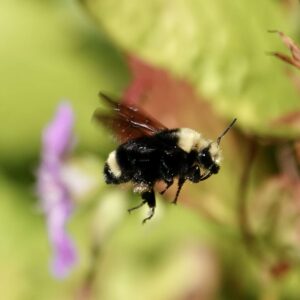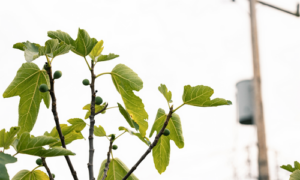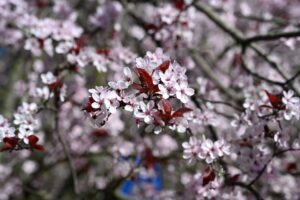Oregon White Oak is best known as a stately deciduous tree that grows from British Columbia south to Los Angeles. Large mature specimens are wide spreading and very stout in appearance. Oregon White Oak can easily grow to a height of 90’ and a width of over 125’ forming a broad, rounded crown with a rugged appearance. The limbs are often very crooked especially if the tree is grown out in the open. Young trees often have shrubby appearance. The leaves of Oregon White Oak are arranged in an alternate fashion. They are simple, 4”-6” long and are evenly and deeply lobed with rounded leaf tips. The mature bark is brownish gray and shallowly fissured in a checker-like pattern. When cut down the wood from this oak is used for furniture and flooring. Description from PNW Plants
Home > Plant Guide >
Scientific Name
Family
Garden Type
Wildlife
Native Plant Region
Light needs
Water Needs
Plant Type
Bloom Color(s)
Height
Width
Months in Bloom
Safe Beneath Power Lines?

We’d like to maintain accurate and robust plant listings. If you see information that is not correct or that could be added to improve the listing, please let us know. Or if you’d like to suggest a plant to add to our plant guide, you can use this form do so. Thank you!

Gardeners can check out seeds for free from the library to plant. Then after harvest, gardeners bring seeds back to the library for others to enjoy in future growing seasons.

Take a virtual tour of Capitol hill with naturalist and author David B. Williams and gain a new appreciation of the nature of the city and its wild side.

Look closer…and meet the local insects that pollinate the plants around your Seattle neighborhoods. Learn about some of our amazing native pollinating insects.

Three inspiring local food justice practitioners will share how their work in urban farming improves access to healthy foods, fosters relationships to land, and builds community.

Learn about the diversity in pigeon populations in the United States and the implications of this variability on the species.

Gardeners can check out seeds for free from the library to plant. Then after harvest, gardeners bring seeds back to the library for others to enjoy in future growing seasons.
Nature of Your Neighborhood is a collaboration between Birds Connect Seattle, the Capitol Hill EcoDistrict, and the Seattle Bird Conservation Partnership. Our goal is to foster relationships between the people and the nature of their neighborhoods.